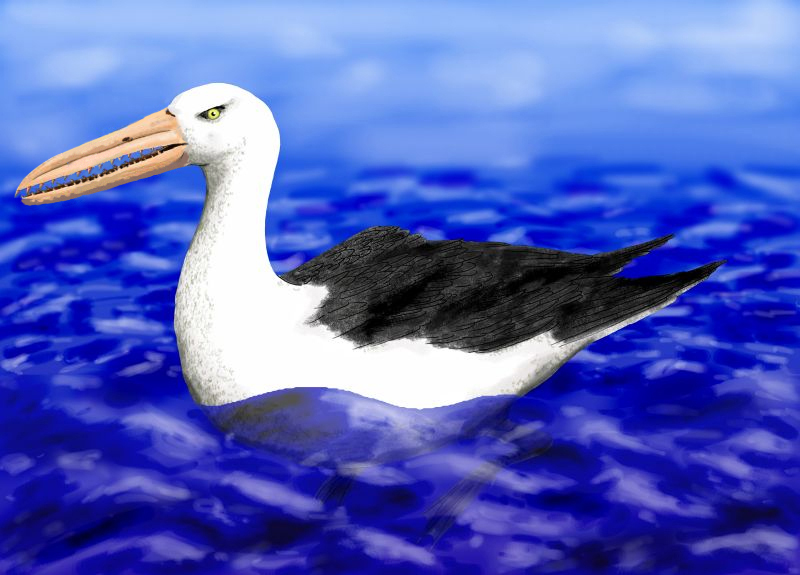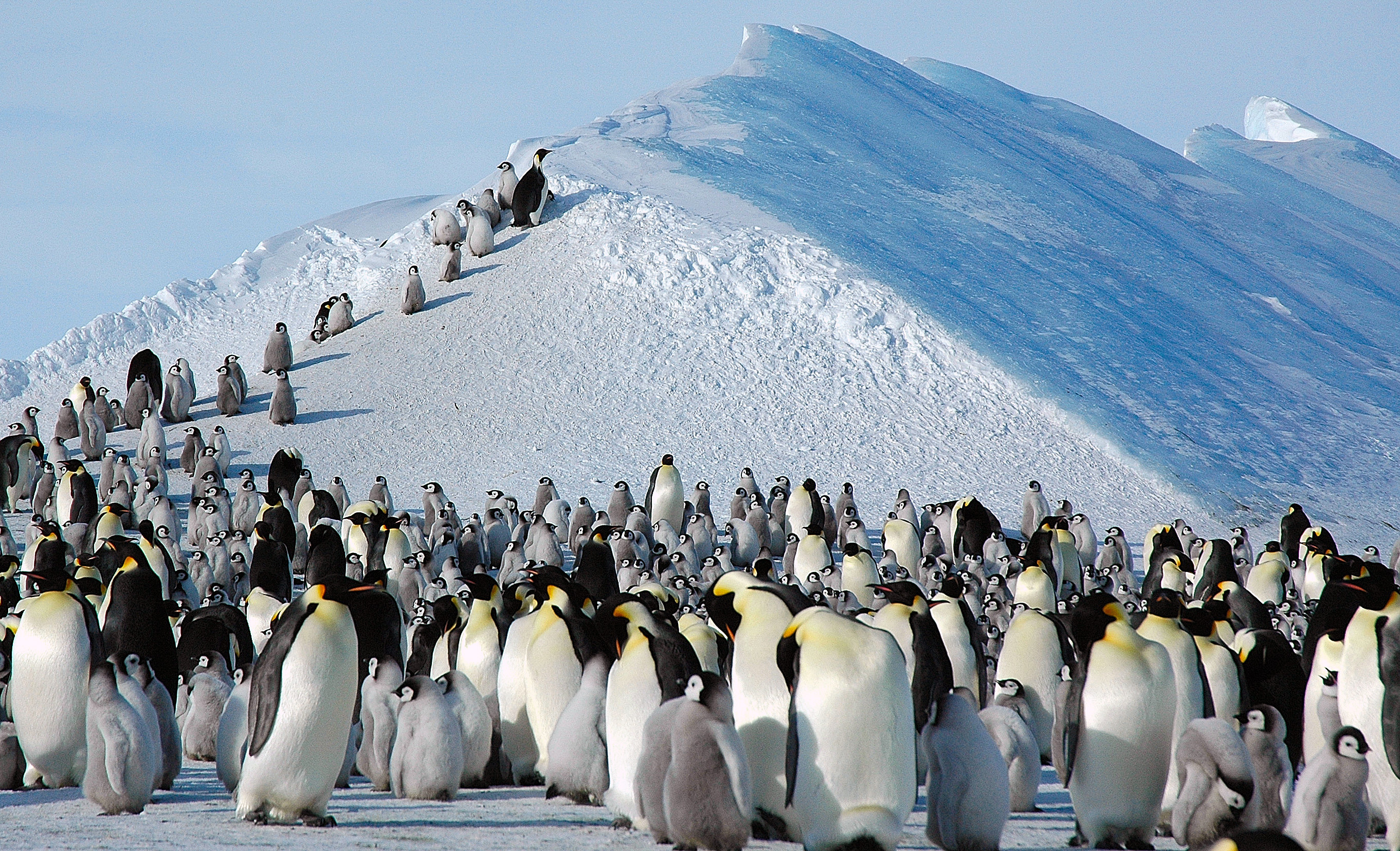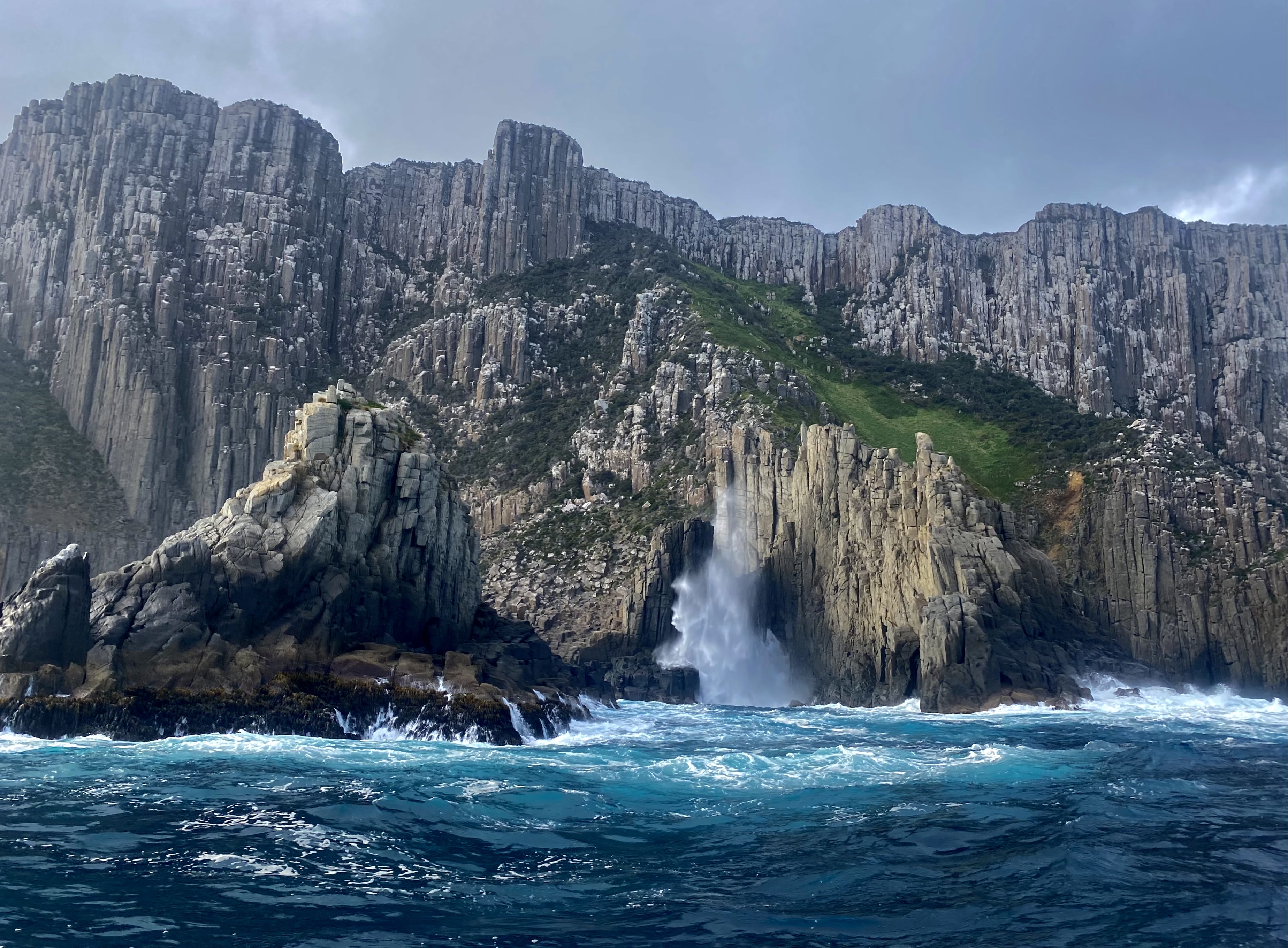|
Großer Jasmunder Bodden
The Großer Jasmunder Bodden belongs to the Northern Rügener Boddens and is a water body on the southern edge of the Baltic Sea in the German state of Mecklenburg-Vorpommern. Description It is a ''bodden'', a type of lagoon that occurs in northern Europe especially on the coast of Pomerania. It lies within the island of Rügen, is around 14 kilometres long, an average of six kilometres wide and is up to nine metres deep with an average depth of 5.3m. The Großer Jasmunder Bodden has an area of 58.6 square kilometres; if the ''Breetzer Bodden'', ''Breeger Bodden'', ''Lebbiner Bodden'', ''Neuendorfer Wiek'' and ''Tetzitzer See'' are included the total area of water comes to over 94 square kilometres. Geography The bodden is bounded to the north by the peninsulas of Wittow and Jasmund, which are linked by the narrow spit (landform), spit of Schaabe. To the south of the ''bodden'' is the main body of the island of Rügen, Muttland. To the east near Lietzow it is link ... [...More Info...] [...Related Items...] OR: [Wikipedia] [Google] [Baidu] |
Lietzow Damm
Lietzow is a Municipalities of Germany, municipality in the Vorpommern-Rügen district, in Mecklenburg-Vorpommern, Germany. References External links Official website of Lietzow Towns and villages on Rügen {{VorpommernRügen-geo-stub ... [...More Info...] [...Related Items...] OR: [Wikipedia] [Google] [Baidu] |
Wittow Ferry
The Wittow Ferry () is a ferry service for foot passengers and vehicles (up to a total weight of 30 t each) from the heart of the German Baltic Sea island of Rügen, the Muttland, to the peninsula of Wittow to the north. It has also given its name to the parish of ''Wittower Fähre'' in the municipality of Wiek. This lies on the Rassower Strom at the tip of the tongue of land between the lagoons of Wieker Bodden and Breetzer Bodden on its northern shore. On the southern shore the ferry landing stage is located between the villages of ''Vaschvitz'' and ''Fischersiedlung'' in the municipality of Trent. When the water surface of the ''bodden'' freezes over in severe winters, this narrows in the channel to and from the Großer Jasmunder Bodden, which is about 350 metres wide, is the last stretch of water to remain open and is a refuge for numerous water fowl. History By the Middle Ages it was common for boats to cross at this point. Because the coastline of R� ... [...More Info...] [...Related Items...] OR: [Wikipedia] [Google] [Baidu] |
Waterfowl
Anseriformes is an order of birds also known as waterfowl that comprises about 180 living species of birds in three families: Anhimidae (three species of screamers), Anseranatidae (the magpie goose), and Anatidae, the largest family, which includes over 170 species of waterfowl, among them the ducks, geese, and swans. Most modern species in the order are highly adapted for an aquatic existence at the water surface. With the exception of screamers, males have penises, a trait that has been lost in the Neoaves, the clade consisting of all other modern birds except the galliformes and paleognaths. Due to their aquatic nature, most species are web-footed. Evolution Anseriformes are one of only two types of modern bird to be confirmed present during the Mesozoic alongside the other dinosaurs, and in fact were among the very few birds to survive their extinction, along with their cousins, the Galliformes. These two groups only occupied two ecological niches during the Mesozoic, ... [...More Info...] [...Related Items...] OR: [Wikipedia] [Google] [Baidu] |
BirdLife International
BirdLife International is a global partnership of non-governmental organizations that strives to conserve birds and their habitats. BirdLife International's priorities include preventing extinction of bird species, identifying and safeguarding important sites for birds, maintaining and restoring key bird habitats, and empowering conservationists worldwide. It has a membership of more than 2.5 million people across List of BirdLife International national partner organisations, 116 country partner organizations, including the Royal Society for the Protection of Birds, the Wild Bird Society of Japan, the National Audubon Society, and American Bird Conservancy. BirdLife International has identified 13,000 Important Bird Area, Important Bird and Biodiversity Areas and is the official International Union for Conservation of Nature's IUCN Red List, Red List authority for birds. BirdLife International has established that 1,375 bird species (13% of the total) are threatened with extinc ... [...More Info...] [...Related Items...] OR: [Wikipedia] [Google] [Baidu] |
Important Bird Area
An Important Bird and Biodiversity Area (IBA) is an area identified using an internationally agreed set of criteria as being globally important for the conservation of bird populations. IBA was developed and sites are identified by BirdLife International. There are over 13,000 IBAs worldwide. These sites are small enough to be entirely conserved and differ in their character, habitat or ornithological importance from the surrounding habitat. In the United States the program is administered by the National Audubon Society. Often IBAs form part of a country's existing protected area network, and so are protected under national legislation. Legal recognition and protection of IBAs that are not within existing protected areas varies within different countries. Some countries have a National IBA Conservation Strategy, whereas in others protection is completely lacking. History In 1985, following a specific request from the European Economic Community, Birdlife International dr ... [...More Info...] [...Related Items...] OR: [Wikipedia] [Google] [Baidu] |
Sagard
Sagard is a municipality in the Vorpommern-Rügen district, in Mecklenburg-Vorpommern, Germany Germany, officially the Federal Republic of Germany, is a country in Central Europe. It lies between the Baltic Sea and the North Sea to the north and the Alps to the south. Its sixteen States of Germany, constituent states have a total popu .... History Sagard is first mentioned in 1250 as ''Zagard''. The name of the municipality of Sagard comes from the Slavic and means something like ''stockade'' or ''fortified settlement''. This points to a Slavic burgwall from the 12th Century that was formerly sited here, but has since been levelled. Around 1750, there were the beginnings of a health resort. In 1795, the pastor, Heinrich Christoph von Willich, and his brother, the country doctor, Dr. Moritz von Willich, opened a '' Spring, Bathing and Leisure Institute''. The bathing facility lasted until about 1830. Today the Historic Brunnenaue Park (''Historische Parkanlage Brun ... [...More Info...] [...Related Items...] OR: [Wikipedia] [Google] [Baidu] |
Breege
Breege is a municipality in the Vorpommern-Rügen district, in Mecklenburg-Vorpommern, Germany Germany, officially the Federal Republic of Germany, is a country in Central Europe. It lies between the Baltic Sea and the North Sea to the north and the Alps to the south. Its sixteen States of Germany, constituent states have a total popu .... The municipality consists of the villages Breege, Juliusruh, Kammin, Lobkevitz and Schmantevitz. References External links * *Official website of Breege Towns and villages on Rügen Wittow {{VorpommernRügen-geo-stub ... [...More Info...] [...Related Items...] OR: [Wikipedia] [Google] [Baidu] |
Littorina Sea
Littorina Sea (also Litorina Sea) is a geological brackish water stage of the Baltic Sea, which existed around 8500–4000 Before Present, BP and followed the Mastogloia Sea (initial Littorina Sea), a transitional stage from the Ancylus Lake. This stage and form of the body of water is named after common periwinkle (''Littorina littorea''), then a prevailing mollusc in the waters, which indicates its salinity. Overview The last fully fresh water stage in the Baltic basin, the Ancylus Lake ended at 9,800 BP when salt water from the world ocean started entering the Mastogloia Sea in the Great Belt region commencing an initial Littorina Sea which as a saline or brackish sea continues to this day. These initial transgression (geology), transgressions were incomplete and occurred at different times in different areas of the Baltic basin lasting until 8.5 ka cal. BP. The transition timings from fresh to brackish water that mark the onset of the Littorina Sea are not yet cl ... [...More Info...] [...Related Items...] OR: [Wikipedia] [Google] [Baidu] |
Sea Cliff
A cliffed coast, also called an abrasion coast, is a form of coast where the action of marine waves has formed steep cliffs that may or may not be precipitous. It contrasts with a flat or alluvial coast. Formation In coastal areas in which the land surface dips at a relatively steep angle below the water table, the continuous action of marine waves on the coastline, known as abrasion, may create a steep declivity known as a cliff, the slope angle of which depends on a variety of factors including the jointing, bedding and hardness of the materials making up the cliff as well as the erosional processes themselves.Herbert Louis and Klaus Fischer: ''Allgemeine Geomorphologie'', de Gruyter, 4th ed., Berlin 1979, pp. 532-537 The slope is constantly being eroded. The waves attacking the cliff-foot form a wave-cut notch by constant abrasion action producing an overhang. This overhang grows in size as the cliff is undercut, until it collapses under its own weight. The loose ... [...More Info...] [...Related Items...] OR: [Wikipedia] [Google] [Baidu] |
Phragmites
''Phragmites'' () is a genus of four species of large perennial plant, perennial reed (plant), reed Poaceae, grasses found in wetlands throughout temperate and tropical regions of the world. Taxonomy The World Checklist of Selected Plant Families, maintained by Kew Garden in London, accepts the following four species: * ''Phragmites australis'' (Antonio José Cavanilles, Cav.) Carl Bernhard von Trinius, Trin. ex Steud. – The cosmopolitan common reed * ''Phragmites japonicus'' Steud. – Japan, Korea, Ryukyu Islands, Russian Far East * ''Phragmites karka'' (Anders Johan Retzius, Retz.) Trin. ex Steud. – tropical Africa, southern Asia, Australia, some Pacific Islands, invasive in New Zealand * ''Phragmites mauritianus'' Kunth – central + southern Africa, Madagascar, Mauritius Wildlife in reed beds ''Phragmites'' stands can provide food and shelter resources for a number of birds, insects, and other animals. Habitat benefits are often optimal when stands are thinner, and ma ... [...More Info...] [...Related Items...] OR: [Wikipedia] [Google] [Baidu] |
Brackish Water
Brackish water, sometimes termed brack water, is water occurring in a natural environment that has more salinity than freshwater, but not as much as seawater. It may result from mixing seawater (salt water) and fresh water together, as in estuary, estuaries, or it may occur in brackish Fossil water, fossil aquifers. The word comes from the Middle Dutch root '':wikt:brak#Dutch, brak''. Certain human activities can produce brackish water, in particular civil engineering projects such as dikes and the flooding of coastal marshland to produce brackish water pools for freshwater prawn farming. Brackish water is also the primary waste product of the Osmotic power, salinity gradient power process. Because brackish water is hostile to the growth of most terrestrial plant species, without appropriate management it can be damaging to the environment (see article on shrimp farming, shrimp farms). Technically, brackish water contains between 0.5 and 30 grams of salt per litre—more ofte ... [...More Info...] [...Related Items...] OR: [Wikipedia] [Google] [Baidu] |
Störtebeker Festival
The Störtebeker Festival () is an yearly open-air theatre festival in Germany. It is based on stories around the medieval German privateer Klaus Störtebeker and his Victual Brothers, who later turned to pirates. Founded in 1959, as part of an East German cultural initiative, the festival has become Germany's most successful open-air theatre event, and is broadcast by public television network NDR. It is held in the small town of Ralswiek on the isle of Rügen. Background In 1959, the "Rügenfestspiele" were founded in Ralswiek as part of a cultural commission of the GDR and the Ralswiek natural stage was created. The place for the then ''Rügen Festival'' was found in the spring of 1959 between Ralswiek Castle and the Boddenufer, and the natural stage was then built in five months of construction and the village was converted into a festival venue. From 1959 to 1961 and 1980 to 1981 the Dramatic Ballad ''"Klaus Störtebeker"'' by Kurt Barthel was performed under the direct ... [...More Info...] [...Related Items...] OR: [Wikipedia] [Google] [Baidu] |







